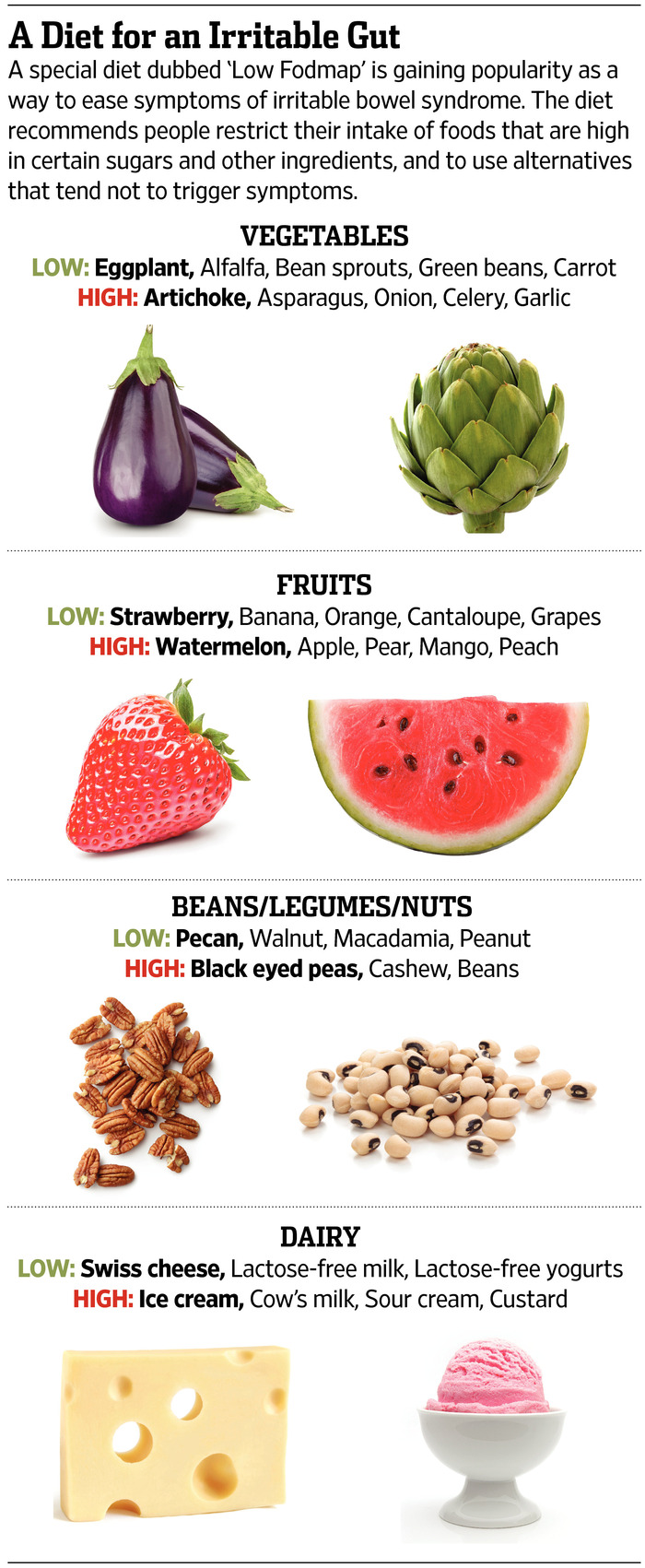

Tips For A Smooth Transition From Home To Nursery School
Starting nursery school can be an exciting time for young children, but it can also be a big change from the comfort and familiarity of home. As parents, there are many things we can do to help ease the transition and make the experience a positive one for our children. Here are some tips for a smooth transition from home to the best nursery in Jumeirah.
Start a routine
Starting a routine at home can help prepare children for the nursery school structure. Establish consistent times for meals, nap time, and bedtime. This will help children feel more secure and comfortable with a predictable schedule.
Visit the nursery school
Take your child to visit the nursery school before the first day. This can help familiarize them with the new environment and ease their anxiety. Show them where they will spend their time and introduce them to the teachers and other children.
Talk about it
Talk to your child about nursery school positively. Let them know what to expect and answer any questions they may have. It’s important to validate any concerns or fears and reassure them that nursery school is a safe and fun place to be.
Practice separation
Practice separating from your child for short periods. This can help them develop the confidence and coping skills needed to handle separation in nursery school. Start with short periods, like a trip to the grocery store or a visit to a friend’s house.
Build connections
Make connections with other parents and children who will be attending the same nursery school. This can help children feel more comfortable and familiar with their new environment. Organize playdates or attend school events together.
Label everything
Label your child’s belongings, including backpacks, clothes, and lunch boxes. This will help them feel more ownership over their belongings and make it easier for teachers and caregivers to identify their things.
Pack a comfort item
Consider packing a comfort item for your child, like a favorite stuffed animal or blanket. This can give them a sense of security and familiarity in a new environment.
Be prepared:
Make sure you have everything your child will need for nursery school, like extra clothes, snacks, and any necessary paperwork. Being prepared can help reduce stress and anxiety for you and your child.

Factors That Affect Wedding Dress Cost
Designing a wedding dress can be a dream come true for many brides. However, it’s important to understand that the cost of designing a wedding dress can vary greatly depending on several factors. Find here the best Dubai wedding dress designers.
Designer or seamstress you choose
The first factor that can affect the cost of designing a wedding dress is the designer or seamstress you choose. High-end designers may charge thousands of dollars for a custom wedding dress, while a local sewist may charge significantly less. It’s important to research and find a designer or seamstress that fits your budget.
Type of fabric that you choose
The second factor that can affect the cost of designing a wedding dress is the type of fabric that you choose. Luxury fabrics like silk or lace can be more expensive than other materials like polyester. The amount of fabric needed for the dress can also impact the cost.
Level of customization
The third factor that can affect the cost of designing a wedding dress is your desired customization level. If you want a unique and personalized dress, it may require more time and labor from the designer, which can increase the cost. Additionally, if you want intricate beading, embroidery, or other embellishments, it can impact the final cost.
So, how much does designing a wedding dress cost? A custom wedding dress can cost anywhere from $1,500 to $10,000. However, the final cost will depend on the factors mentioned above and other factors like the location and the overall complexity of the design.
It’s important to remember that the cost of designing a wedding dress is a significant investment. However, it’s also an opportunity to create a one-of-a-kind dress that perfectly reflects your style and vision for your wedding day.
If you’re on a tight budget but still want a custom wedding dress, consider working with a local sewist or designer who can work within your budget. Additionally, consider opting for more affordable fabrics or simpler designs that allow you to express your style.
The cost of designing a wedding dress can vary greatly depending on several factors, including the designer, fabric, and level of customization. However, with careful research and planning, it’s possible to create a custom wedding dress that fits your budget and perfectly reflects your style.

Managing Irritable Bowel Syndrome With A Low-FODMAP Diet
Irritable bowel syndrome (IBS) is a common gastrointestinal disorder that affects up to 20% of the world’s population. Symptoms of IBS Dubai include abdominal pain, bloating, diarrhea, and constipation. While the cause of IBS is not fully understood, research has shown that a low-FODMAP diet can help manage symptoms for many people.
What is a low-FODMAP diet?
FODMAPs are fermentable carbohydrates in many foods, including fruits, vegetables, grains, and dairy products. For some people with IBS, consuming high-FODMAP foods can exacerbate symptoms. A low-FODMAP diet involves restricting the intake of these fermentable carbohydrates to reduce symptoms of IBS.
The low-FODMAP diet involves several stages, including elimination, reintroduction, and maintenance phases. During the elimination phase, high-FODMAP foods are eliminated for 2-6 weeks. This phase is designed to identify trigger foods that may be exacerbating symptoms. During the reintroduction phase, individual FODMAPs are gradually reintroduced to the diet to identify which foods are well-tolerated and which should be avoided. Finally, during the maintenance phase, a long-term, personalized low-FODMAP diet is developed based on the individual’s trigger foods and tolerances.
Benefits of a low-FODMAP diet for IBS:
Studies have shown that a low-FODMAP diet can effectively manage IBS symptoms for many people. Research suggests that up to 75% of people with IBS experience reduced symptoms following a low-FODMAP diet.
In addition to symptom relief, a low-FODMAP diet may provide other benefits for individuals with IBS. These include improved quality of life, reduced anxiety and depression, and improved gut microbiome diversity.
Foods to avoid on a low-FODMAP diet:
During the elimination phase of the low-FODMAP diet, it is important to avoid high-FODMAP foods that may exacerbate symptoms of IBS. Some foods to avoid include:
• Fruits such as apples, pears, and mangoes
• Vegetables such as onions, garlic, and asparagus
• Dairy products such as milk, ice cream, and soft cheese
• Grains such as wheat, rye, and barley
• Legumes such as beans, lentils, and chickpeas
Irritable bowel syndrome can be a debilitating condition that significantly impacts the quality of life. While there is no cure for IBS, a low-FODMAP diet can effectively manage symptoms. By following the guidelines of the low-FODMAP diet, individuals with IBS can identify trigger foods and develop a personalized, long-term eating plan that promotes symptom relief and overall well-being.










